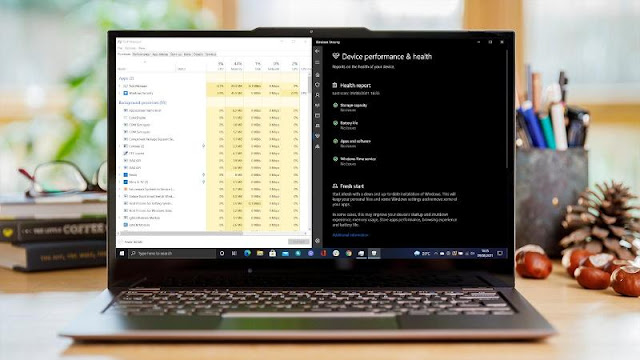 |
| Windows 10 is now on well over 1 billion devices |
Windows 10 is celebrating its fifth birthday. Are you a fan of the operating system as it is today?
How time flies! Windows 10 was officially released on 29 July 2015, five years ago today. Whether you were switching from the rather unloved Windows 8.1 or much more popular Windows 7, Microsoft offered a free upgrade for long beyond the official one year period.
Anyone interested could try out 'Technical Preview' versions as early as October 2014. The Insider Program made its debut during this time and has proven to be a huge success, now being used to trial versions of Xbox and Microsoft Office in addition to Windows.
Initial Problems Due To Windows 7 Popularity
Just before Windows 10's launch in 2015, then-Windows Head Terry Myerson set a target for the operating system to be on one billion devices within three years.
Unfortunately, it fell short, reaching the milestone in March of this year. Alongside the announcement, Microsoft proudly announced that Windows 10 is now being actively used in more than 200 countries and territories.
One of the reasons for the delay was the immense popularity of Windows 7, which many users were reluctant to upgrade from. To help encourage them to move to Windows 10, Microsoft officially ended support for Windows 7 on 14 January 2020.
The company has since shifted its attention to Windows 10X, a web-first operating system specifically designed for dual-screen devices.
Windows 10's User Base Has Grown
The phasing out of Windows 7 means the number of active Windows 10 users has grown rapidly in recent months. According to StatCounter, Windows accounts for more than 65% of all PCs and laptops in the UK, with 84% of that being Windows 10.
Windows 10 surpassed Windows 7 for popularity in December 2016 and has grown steadily ever since. Currently, the operating system is at an all-time high for popularity, surpassed only by Windows XP for active users.
Regular Windows 10 Updates
Since launch in July 2015, Windows 10 has received a total of nine major updates, the most recent being the May 2020 update.
The next major update has already been announced to arrive this Autumn. One of the big changes is set to be the Edge browser's switch to a Chromium engine, the same one that powers Google Chrome. It's part of Microsoft's strategy to make Edge more competitive, with long term ambitions to rival Chrome for popularity.
However, there have been few major changes in recent feature updates, but this might be for the best. In recent months, many Windows 10 updates have caused problems for users, so reducing the frequency of updates will hopefully allow Microsoft to invest more time in ensuring they are high quality.
With over 1 billion users, the company has a huge responsibility to ensure updates that roll out are secure and have been fully tested.
What are your views on Windows 10? Let us know by sending your thoughts in an email to anyron_copeman@idg.co.uk. Depending on the volume of responses, we're looking to write a follow-up piece detailing some of the submissions.
Alternatively, if you're looking to buy a Windows 10 device right now, check out our round-up of the best laptops on the market.
View the original article here
















0 comments:
Post a Comment